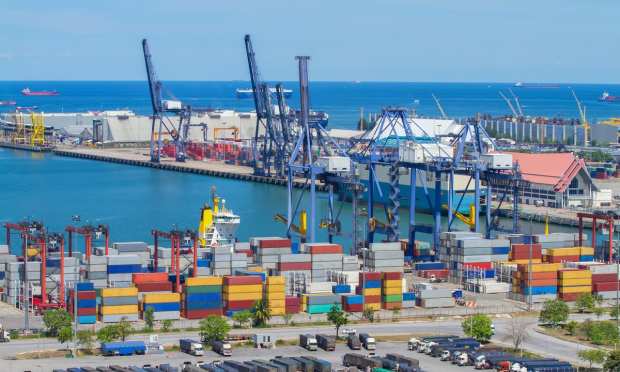Overcoming FinTech Skepticism To Meet Asian SMEs’ FX Needs

The global trading markets are in flux, and it’s not only the COVID-19 crisis influencing international supply chains. Ongoing trade wars and rising costs of doing business in certain markets have manufacturers and other businesses adjusting where they operate and with whom.
Across Asia, an ongoing boom in global eCommerce volume, coupled with a convergence of market conditions, has made cross-border B2B trade a booming business — and a potentially lucrative one for small and medium-sized enterprises (SMEs). According to Bertrand Theaud, founder of Hong Kong-based FinTech Statrys, the proliferation of family-owned SMEs across Asia continues to propel cross-border trade volumes in the region.
Yet these smaller companies struggle to access the kinds of financial products and services larger enterprises wield to finance that trade. Speaking with PYMNTS, Theaud discussed some of the unique challenges across Asia when SMEs grow internationally, plus explored what’s ahead for the market as more FinTechs step in to tackle those pain points.
Currency Conversion Headache
One of the biggest challenges in cross-border trade for any kind of business relates to foreign exchange. A B2B invoice may be issued and paid in one currency, but the recipient of those funds has to convert that money into their local currency. Across Asia, Theaud explained, invoices are often issued in U.S. dollar – yet business costs are, of course, calculated in a supplier’s local currency, exposing that business to FX risks.
Traditionally, a means of mitigating this challenge is for a business to open a local bank account in each jurisdiction in which it operates. In Asia, key markets include Hong Kong and Singapore, two of the world’s largest FX powerhouses.
Small businesses struggle with this, however, as one must physically travel to visit a branch at the bank at which they wish to open an account. Today, that’s not always possible.
“There was a lot of restriction on travel, and a lot of small businesses could no longer visit Hong Kong,” said Theaud. “They didn’t have the possibility to open an account with a traditional bank.”
Statrys, which launched less than one year ago, stepped into the market to address this pain point by offering both foreign exchange services as well as a business account that can be opened entirely online. Geared towards SMEs across Southeast Asia, the technology allows businesses to access solutions like FX hedging and real-time exchange rates that are traditionally reserved for larger corporates. Its business account allows SMEs’ corporate customers to pay invoices in their preferred currency, and then allows the sellers to convert it into their local currency to support the needs of both buyer and supplier.
A Shifting Market
One of the biggest challenges for Statrys when it first launched was a lack of familiarity and comfort with B2B FinTechs in general in the Asian market.
“There was an element of trust that was difficult to build, at the beginning,” said Theaud, highlighting this hurdle as a key difference between Asian markets and Western markets like Europe or the U.S.
But the demand for such cross-border payment and FX solutions is on the rise in the region, a need Theaud said he hopes will help drive more SMEs to FinTech solutions like Statrys.
Supply chains are shifting in the region, he said, thanks to a combination of factors including ongoing trade wars and the rising cost of doing business in China. As a result, many small business manufacturers and other suppliers are moving across Southeast Asia and fueling cross-border trade throughout the region — not just with markets in North America, Australia and Europe.
At the same time, Theaud said he’s seeing more countries looking to repatriate production and manufacturing, a trend he predicts will cause manufacturing in China to have to look elsewhere to compete — and Southeast Asia can be a prime market for these players.
The coronavirus crisis may accelerate these shifts as businesses look to remedy potential supply chain disruptions and adjust to changing market demands.
“Combine all of that, and the bet we’re making is that there will be more and more trade and payment volume between China and Southeast Asia,” noted Theaud. “We see that already today.”
That’s good news for FinTechs like Statrys that may be able to overcome any doubt that potential SMB customers have thanks to a surging demand for FX and global banking solutions.
